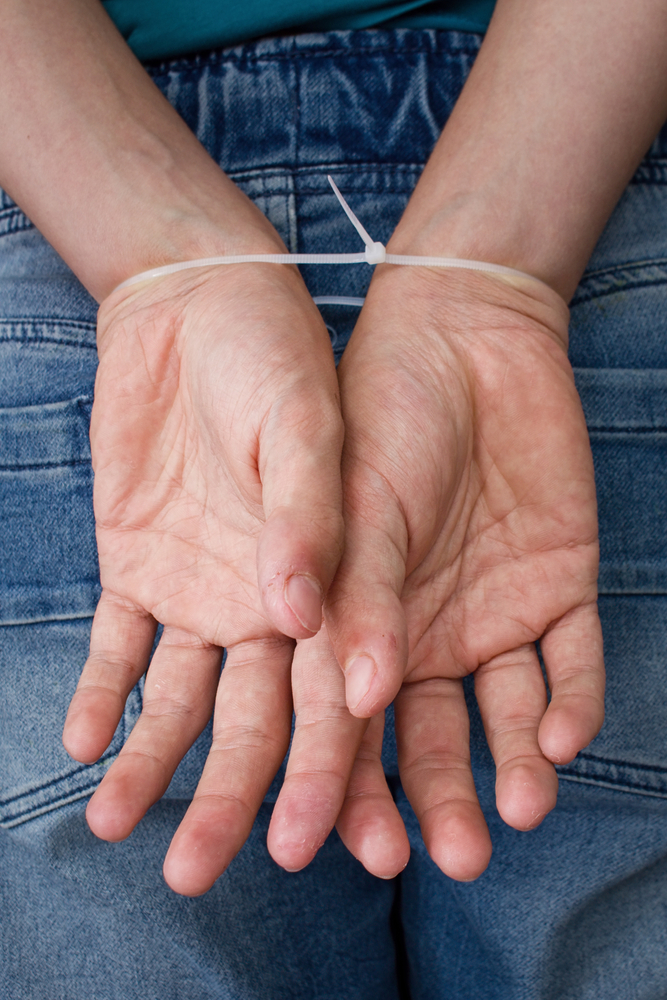The demand for sober-living residences as a path to addiction recovery : NPR
tecimob@tecimob.com.br
So if you’re ready to take that brave step toward sobriety, know that sober living homes are ready to welcome you with open arms and a path forward. All sober living homes have a zero-tolerance policy regarding the use of drugs or alcohol. Usually, residents have recently completed inpatient or intensive outpatient treatment for substance use addiction. Sometimes, sober living houses also act as a stand-alone approach for substance misuse problems, meaning that someone will go straight there without first attending a residential treatment center.
- But experts say that’s because high housing costs are pushing people onto the streets faster than the state’s overburdened supportive housing system can pull them back inside.
- This network is pivotal in reducing feelings of isolation, often a trigger for relapse.
- You’re expected to follow guidelines, which often include curfews, chores, and mandatory participation in recovery meetings.
- First, if you’re recently leaving a rehab stay or have just wrapped up an outpatient program, a sober living facility may provide you with the structure you need.
Do Sober Living Houses Work?
In 2008, the 28-year-old lived in a four-bedroom house with her two small children. And like most people her age, she had dreams and was paving her way toward a successful future. Sober living home operators cannot legally deny admission solely based on an https://thecupertinodigest.com/top-5-advantages-of-staying-in-a-sober-living-house/ individual’s use of prescribed MAT. However, these residents may choose not to accept individuals who require medications that they are not equipped to manage. In such cases, they should refer these individuals to facilities that can meet their needs.
What is Sober Living Homes? Understanding Recovery Support?
- You’ll find these homes crucial if you’re in recovery, offering more than just a place to stay; they provide structure, support, and a community of peers who are also on their journey to sobriety.
- Depending on the type of dependency, PAWS can last from six months to two years after you stop using drugs or alcohol.
- San Francisco voters this year passed an initiative mandating drug screenings for welfare recipients.
- Today halfway houses are still used as a way to foster re-entry into society for addicts and sometimes for prison inmates.
Sober living houses are often used as a transitional step for people who have completed an inpatient treatment program and are not yet ready to return to everyday living. Living in a sober living house provides a structured, drug-free environment with house rules and guidelines to help residents maintain their sobriety and develop life skills to support their recovery. Sober living houses typically have house managers who oversee daily operations and enforce house rules.
Those Seeking a Structured and Supportive Environment
You’ll gain not only a safe environment for your recovery but also invaluable life skills and relationships that nurture your growth and resilience. Remember, every step forward in a sober living community is a step towards a more independent and vibrant life. So take this knowledge, and let it guide you towards making choices that support your journey to lasting sobriety. Regular sober living homes are focused primarily on providing a safe and supportive environment for residents. These facilities typically offer basic amenities such as shared bedrooms, communal living spaces, and necessary household facilities. The emphasis is on creating a community-oriented atmosphere where residents participate in shared responsibilities like chores and attending group meetings.
Life Skills
Many low-cost programs are looking for residents who can show commitment to their recovery. Searching for addiction treatment or recovery housing can feel overwhelming; however, there are several resources to help you find the appropriate care and support. Before entering a sober living environment, a person will most likely be tested to ensure they are alcohol and drug-free prior to entering the residence. Living among individuals who understand your struggles and can relate to your experiences creates an invaluable support network.

Some of the immediate changes you will need to make will be obvious—like not hanging around the people that you used with or obtained drugs from. After all, you can’t hang around your drug dealer or old drinking buddies and expect to remain sober for very long. Depending on the type of dependency, PAWS can last from six Top 5 Advantages of Staying in a Sober Living House months to two years after you stop using drugs or alcohol. However, research suggests that while 12-step groups are effective, people often don’t continue their involvement at beneficial levels over the long term. It includes building relationships, supporting others and practicing healthy ways to overcome triggers.
- It’s a safe space where you can reinforce the coping skills needed to navigate life without substances.
- You can enjoy healthy meals in the evening, followed by group therapy sessions.
- The concept of sober living homes might seem simple, but the impact they can have on your recovery process is profound.
In more severe cases, suspension or discharge from the facility may occur. The consequences are designed to encourage personal growth, maintain a safe environment, and reinforce the importance of following the rules to support residents’ recovery journeys. The NARR Standard categorizes recovery-oriented housing into four levels of support, each with specific operational guidelines to suit varying degrees of resident independence and care needs.
